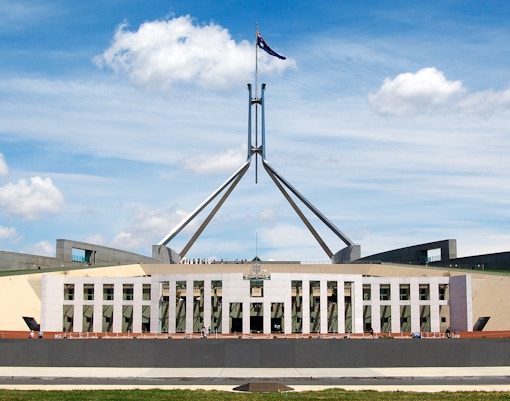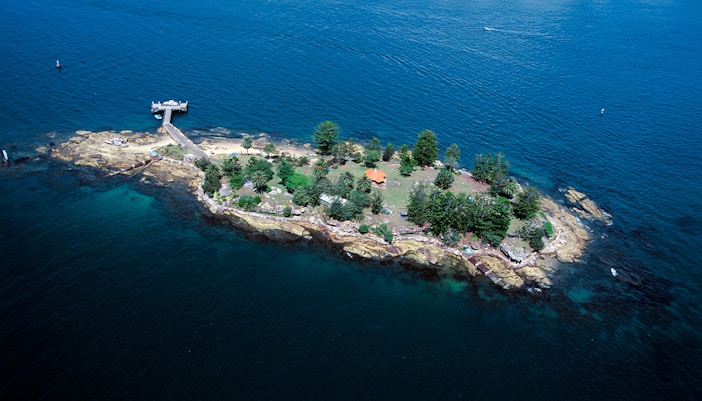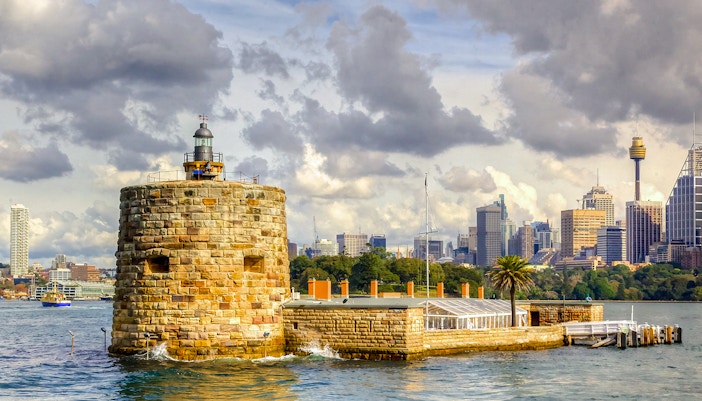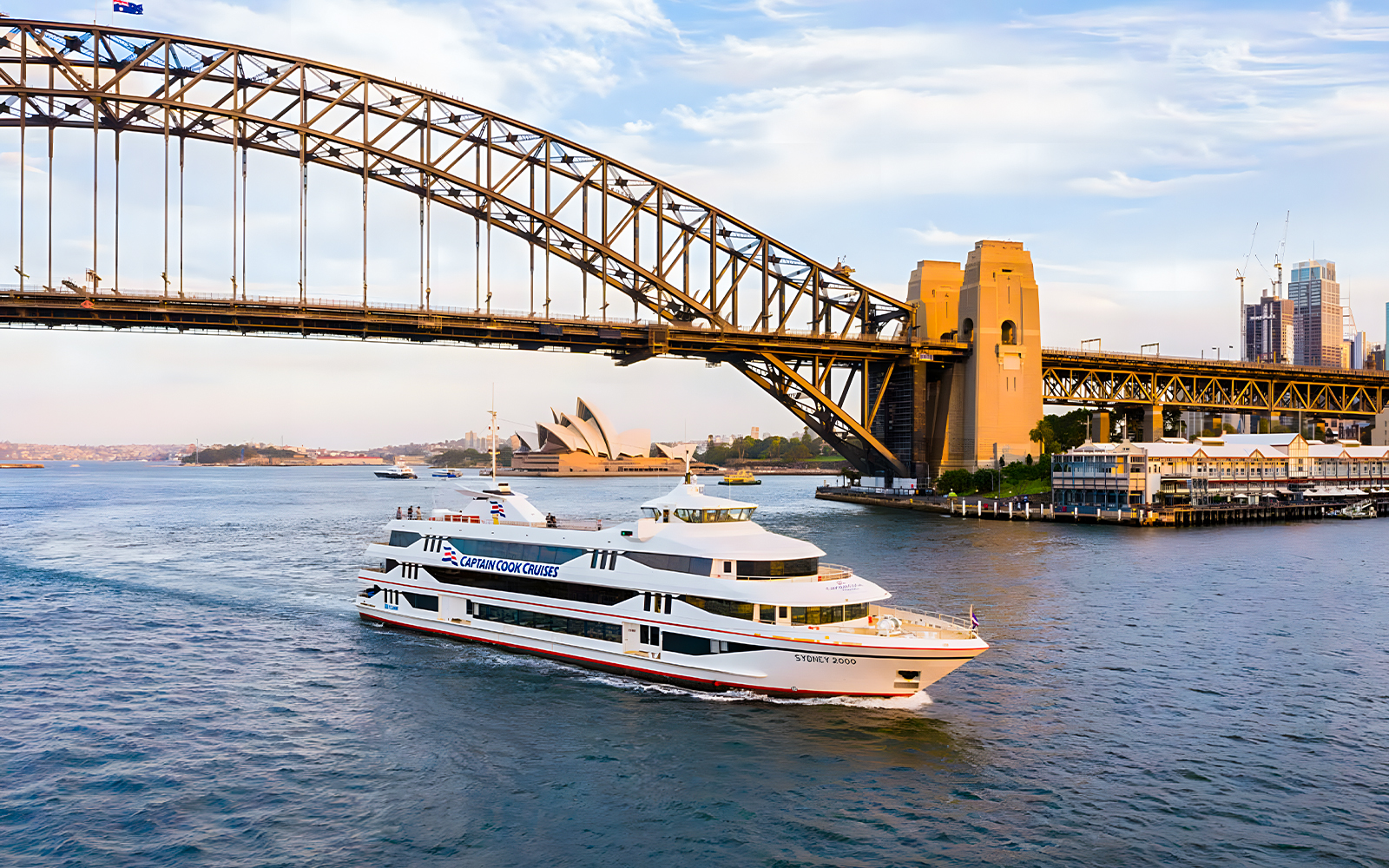- About Sydney Harbour
- Captain Cook Cruise
- Sightseeing Cruises
- Lunch Cruises
- Whale-Watching Cruises
- New Year's Eve Cruises
- Dinner Cruises
- Jet Boat Rides
- Vivid Sydney Cruises
- Scenic World Tickets
- Sydney to Blue Mountain Tours
- Sydney Opera House Tours
- Skydive Sydney Tickets
- Taronga Zoo Tickets
- Sydney Tower Eye Tickets
- SEA LIFE Sydney Aquarium Tickets
- WILD LIFE Sydney Zoo Tickets
- Madame Tussauds Tickets
- Mogo Wildlife Park Tickets
- Australian National Maritime Museum Tickets
- Australian Reptile Park Tickets
- Sydney Zoo Tickets
- Hunter Valley Wine Tours
A guide to Sydney Harbour: History, attractions, things to do, and more!
What is Sydney Harbour?
History of Sydney Harbour

Pre-colonial
Sydney and its surrounding areas were inhabited by the aboriginal tribes of Australia before it became a penal colony for Europeans. It was home to members of the Gadigal, Eora, Cammeraygal, and Wanegal tribes. Aboriginal stone tools have been found near Penrith, west of Sydney, that date as far back as 50,000–45,000 BCE.

1788
In 1788, Captain Arthur Phillip arrived from England with 732 convicts and a few soldiers to establish a penal colony. This event, known as the arrival of the First Fleet, marked the beginning of European settlement in Australia. They landed at Sydney Cove, a small inlet named in honor of Lord Sydney, the contemporary British Home Secretary. Lord Sydney, whose full name was Thomas Townshend, was instrumental in supporting and organizing the establishment of the colony – his role in overseeing the First Fleet's journey was crucial, making him a key figure in Australia's early colonial history.

1816
Established in 1816, the Royal Botanic Garden, Sydney, is Australia's oldest scientific institution. Initially vital for acclimatizing and cultivating botanical species for the colony, it remains a leading center for botanical research, conservation, and education. Today, the garden continues to contribute to plant biodiversity studies while offering visitors beautifully curated landscapes and diverse plant collections.

1840
In 1840, the convict ship Eden arrived in Sydney, marking a significant turning point as it was the last convict ship to dock there. This event signaled the end of Sydney's era as a penal colony. With no more convicts being transported, the city began to transform into a bustling free settlement. Free settlers started arriving, and Sydney quickly grew and prospered. This change laid the groundwork for modern Sydney, turning it into a vibrant metropolis full of culture, commerce, and innovation.

1901
The Commonwealth of Australia was inaugurated at Centennial Park after the federation of the six separate British self-governing colonies — Queensland, New South Wales, Victoria, Tasmania, South Australia, and Western Australia. This started a process of gaining greater autonomic power from the United Kingdom and Australia became a Dominion of the British Empire.

1932
The Sydney Harbour Bridge opened in 1932, marking a pivotal moment in the city's history. It connected the northern and southern sides of the harbor, significantly improving the transport of people and goods. This crucial link allowed the city to expand northward. Beyond its practical benefits, the bridge quickly became a symbol of national achievement, embodying Australia's engineering prowess and ambition.

1942
In 1942, Prime Minister John Curtin adopted the Statute of Westminster Adoption Act. This act embraced sections 2-6 of the Statute of Westminster 1931, a UK Parliament act. It granted Australia full legislative independence, marking its status as a self-governing dominion within the British Empire.

1973
When the Sydney Opera House opened in 1973, it dramatically transformed Sydney Harbour. The waterfront evolved into prime real estate and a bustling tourism hub. Over the years, the view shifted from cargo ships and tankers to a scene filled with yachts, passenger ships, and cruises. This change played a significant role in making Sydney a major international destination, with the harbor now teeming with luxury cruises and tourist vessels, attracting visitors from around the world to experience its iconic beauty, culture, and history.
Islands on Sydney Harbour

Shark Island
Named Boambilly by the local Aboriginal people, this island is located in the east of the Sydney Harbour between the Harbour Bridge and the harbor’s entrance. It is home to the Shark Island Light, an active pile lighthouse, whose light is visible in the fairway of the harbor, between Shark Point and Point Piper. It is a part of the Sydney Harbour National Park.

Clark Island
Clark Island, located just offshore from Darling Point in eastern Sydney Harbour, is part of the Sydney Harbour National Park. It is a beloved picnic spot with a rich history, but it remains uninhabited due to its protected status within the national park to preserve its natural environment. The island was named after Lieutenant Ralph Clark of the First Fleet, who established a vegetable garden here.

Fort Denison
Fort Denison, situated northeast of the Royal Botanic Garden and east of the Opera House, is a heritage-listed island known as Mattewanye or Muddawahnyuh in the Eora language. Now part of the Sydney Harbour National Park, it is a national park, nature reserve, and tourist recreational facility. The island is heritage-listed because of its historical role as a defensive fort and its cultural importance to the Eora people.

Goat Island
The island lies at the junction of Darling Harbour with the main channel of Sydney Harbour. It is a heritage-listed island. Now a part of the Sydney Harbour National Park, it was earlier used as a gunpowder storage, arsenal, powder magazine, maintenance facility, shipyard and bacteriology station. Currently, it is an interpretation center and education facility.

Cockatoo Island
Cockatoo Island Wareamah can be found at the confluence of the Parramatta River and Lane Cove River. It is a UNESCO World Heritage Site. It is also the site of one of Australia's biggest shipyards. The island was formerly used as a convict penal establishment for re-offenders but now it is now a cultural icon of Sydney and hosts festivals and other cultural events.

Snapper Island
Snapper Island is situated upstream of the Sydney Harbour Bridge, in the main channel on the west of the harbor, adjacent to the suburb of Drummoyne. The island has seen the most human intervention among the harbor islands and has been increased in size over seven times by land reclamation. It is a training depot of the Sea Cadets, and a museum.

Rodd Island
The island, named after Brent Clements Rodd, sits on the Parramatta River located west of the Sydney Harbour upstream. It is now a public recreational space as part of the Sydney Harbour National Park and remains uninhabited. Rodd Island was used as a training base for the US Army during World War II.

Glebe Island
Glebe Island, once a crucial port facility, played a significant role in Sydney's maritime history. Until 2008, it served as the primary port for receiving imported cars and dry bulk goods in the region. Over time, the island was infilled and connected to the suburb of Rozelle, enhancing its accessibility and integration with the surrounding area. Today, while no longer serving its original port functions, Glebe Island continues to be a vital part of the city's landscape and development plans.

Berry Island
Berry Island, located on the lower North Shore of Sydney, is a former island that has now been connected to the mainland by a constructed isthmus. It is now a public reserve with a bushland walk, playground, picnic area and also an important Aboriginal site with rock carvings, a waterhole and grinding grooves.
Popular attractions on Sydney Harbour

Sydney Opera House
The Sydney Opera House has become an iconic representation of Australia globally. It is a performing arts center with multiple venues, like a concert hall, a number of theater houses, a playhouse and retail shops that sits atop the Bennelong Point on the Sydney Harbour. The architecture of the Sydney Opera House, designed by Danish architect Jørn Utzon, is celebrated for its innovative and futuristic design. Its most striking feature is the series of white, sail-like shells that form the roof, creating a distinctive silhouette against the Sydney skyline. The Opera House is a must-see for all who are visiting Sydney and it is patronized by locals and tourists alike year round.
Know more
Sydney Harbour Bridge
This through arch bridge (A bridge made of steel or reinforced concrete, where the base of the arch is below the deck, but the top of the arch rises above it) is another iconic landmark at the Sydney Harbour and it carries rail, vehicular, bicycle and pedestrian traffic from Sydney CBD to the North Shore. The construction of this bridge ensured the expansion of the city towards the north and heralded the rise of the modern Sydney that we know today. The lighting on the Harbour Bridge is used in creative ways to complement the New Year’s Eve fireworks in Sydney. Climbing the southern half of the bridge is legally allowed and it is a popular tourist activity.

Royal Botanical Gardens
The Royal Botanic Garden is the oldest scientific institution in Australia and has been a beacon for botanical institutions all over the world for over a hundred years. It is a hub of scientific and botanical research and is also an event venue. The spectacular harbor views also make it a beloved public recreation center and it is one of the most visited attractions in Sydney.
To know more, take a look at our comprehensive guide of attractions to spot on a Sydney Harbour cruise.

The Rocks
The Rocks is a colonial-era precinct that has become a major tourist attraction over the years. Known as Tallawoladah by the Cadigal people, it was home to arriving convicts in early colonial times. The area witnessed many protests and demonstrations, particularly in the 1970s, when plans for large-scale redevelopment threatened to demolish much of its historical architecture. Residents and activists rallied to preserve the heritage and character of The Rocks. As a result, many of the old buildings were saved, and the area was transformed into a commercial and tourist destination, carefully conserving its historical architecture. Today, it is a well-known shopping destination in Sydney, as it blends the old with the new.

Taronga Zoo
Taronga Zoo, which opened in 1916, is a must-visit attraction on Sydney's tourist map. Originally an entertainment hub with elephant rides and monkey circuses, it began transforming in the mid-20th century in response to growing animal rights awareness. Today, Taronga Zoo is a leader in scientific conservation, education, and preservation. Home to over 4,000 animals, including many threatened species, it offers visitors a chance to see wildlife up close while supporting global conservation efforts. The zoo's focus on naturalistic enclosures and animal welfare makes it both an educational and memorable experience for all ages.
Know moreFrequently asked questions about Sydney Harbour
The Sydney Harbour area offers a ton of activities for kids all year round. The Blues Point Reserve has a fun nautical-themed playground. Luna Park, a heritage amusement park, has many rides and activities specially made for children. You can also go on a picnic at one of the harbor islands or even at one of the gardens that surround the harbor.
Most of the sightseeing and meal cruises are suitable for children, but some may not allow children under 4 years of age. Please check the details of your tickets thoroughly to figure out any age restrictions. If your child has motion sickness, consult a doctor and get the required medication to keep your child comfortable on the cruise. Children under 18 need to be accompanied by adults at all times. Tall ships and jet boats may have certain age restrictions.
There are many cruises on the Sydney Harbour that are wheelchair accessible, although some may only have access to the entry level deck. The Sydney Harbour Bridge has lifts to give wheelchair-bound guests level access to the walkway. The Sydney Opera House, too, has accessible tours. Most parks and gardens are also wheelchair accessible.
Sydney is a shopping enthusiast’s treasure trove. Head to the Darling Harbour area for its various markets and high end fashion shops. For little gifts and handicrafts, you can go to the Rocks, especially the Clock Tower Shopping Centre. A little further away is the Queen Victoria Building and The Strand Arcade, a vintage shopping center.
Quay, Aria and Bennelong are some of the best fine-dining restaurants in Sydney and they all sit near the harbor. Café Sydney, a rooftop cafe at the Customs House has spectacular views of the Sydney Harbour Bridge and the Sydney Opera House. The Darling Harbour is also a great place to grab a bite, especially if you’re on a budget.
The best time to visit the Harbour is during the summer months — December to February. May-June is also a good time due to the Vivid Festival, Sydney.
Most cruises will have audio commentary regarding the landmarks and the history of the area. Besides, you can always visit the various museums and galleries that dot the waterfront for even more information.
There are a ton of adventure activities that you can try out near the Harbour. One of the most popular is climbing the Sydney Harbour Bridge. Apart from that, you can also opt for tall ship boat rides, that will give you a taste for the nautical adventures of a bygone area. Jet Boating, Scuba diving and surfing are also great options.


